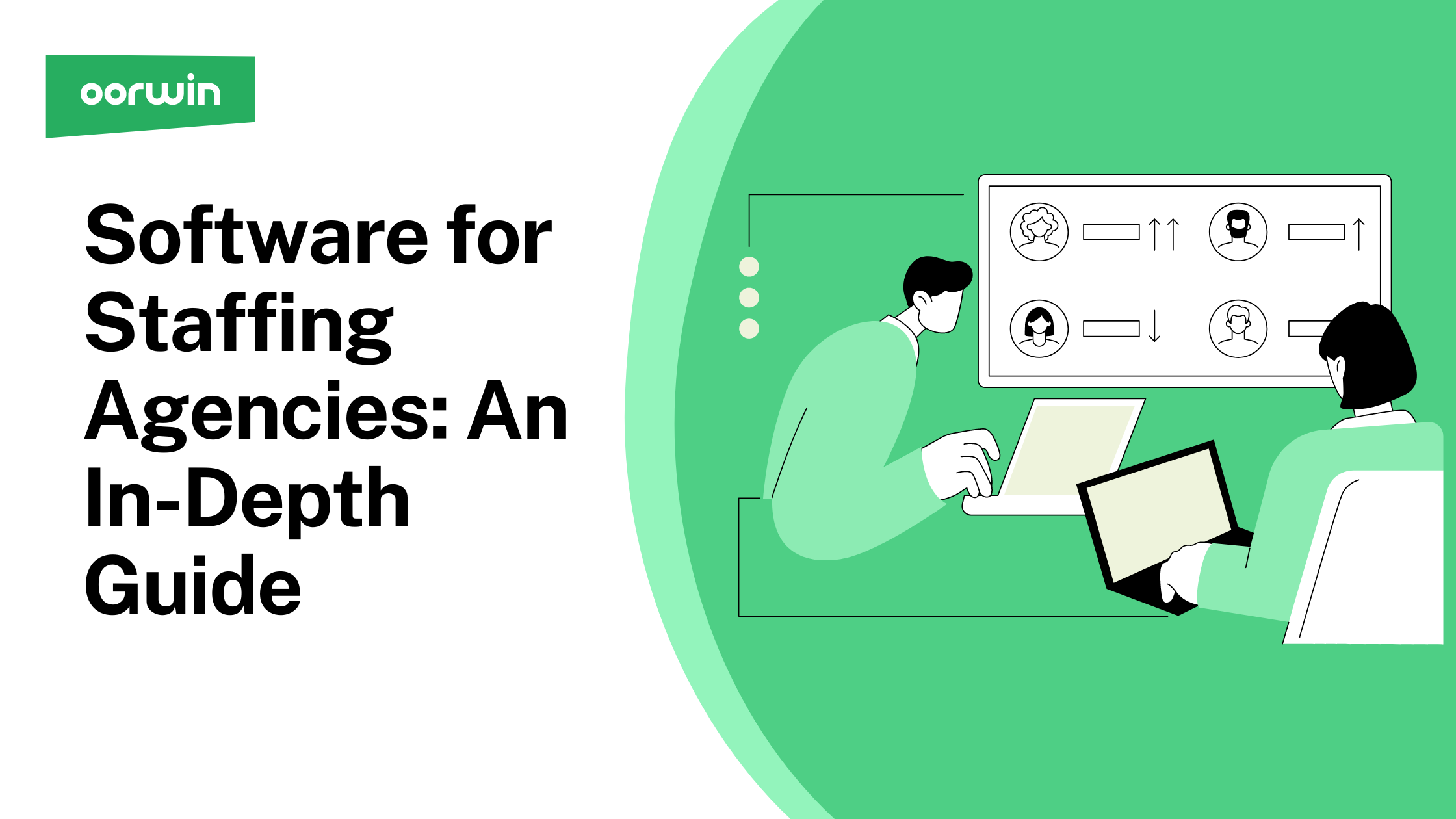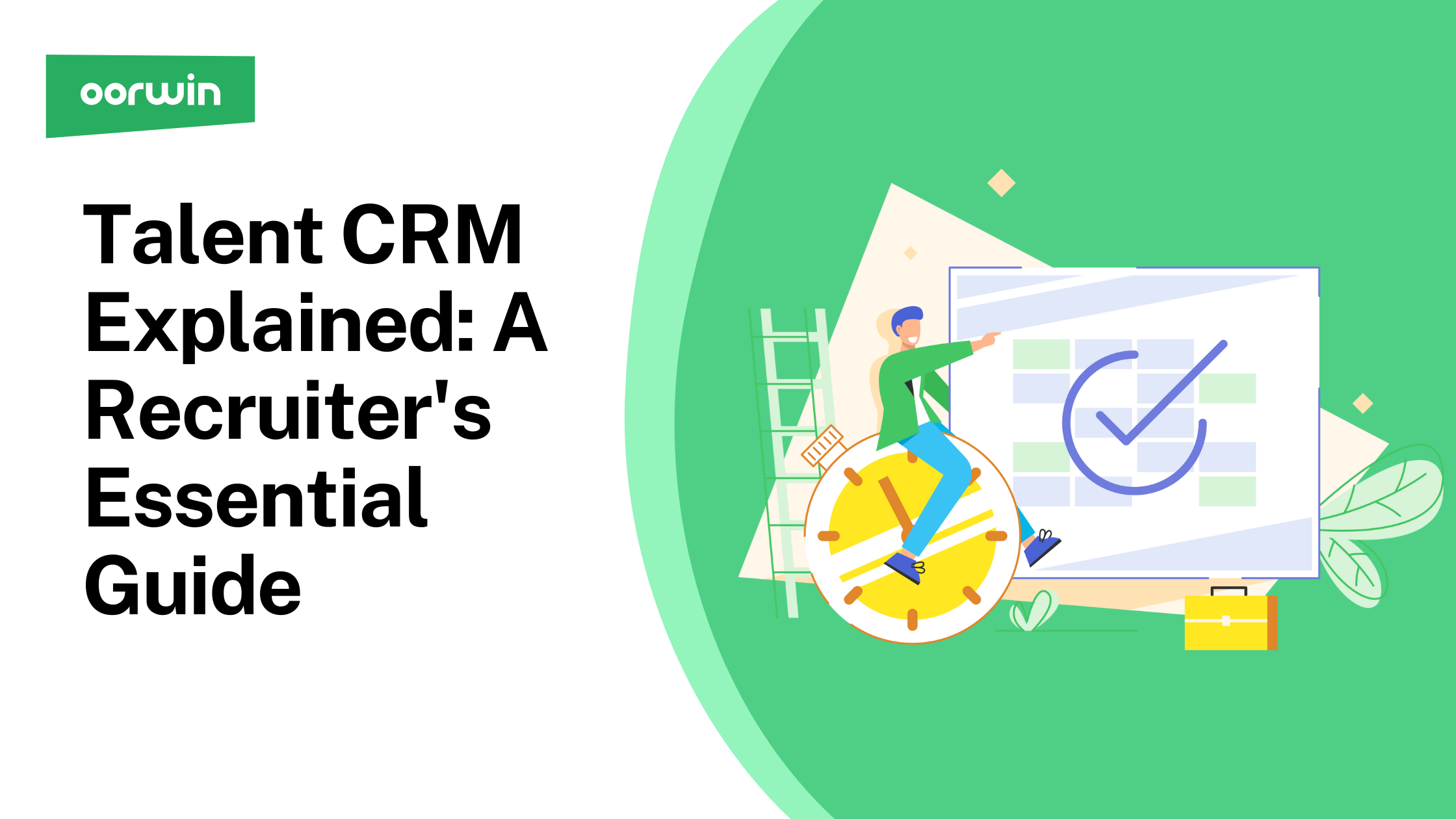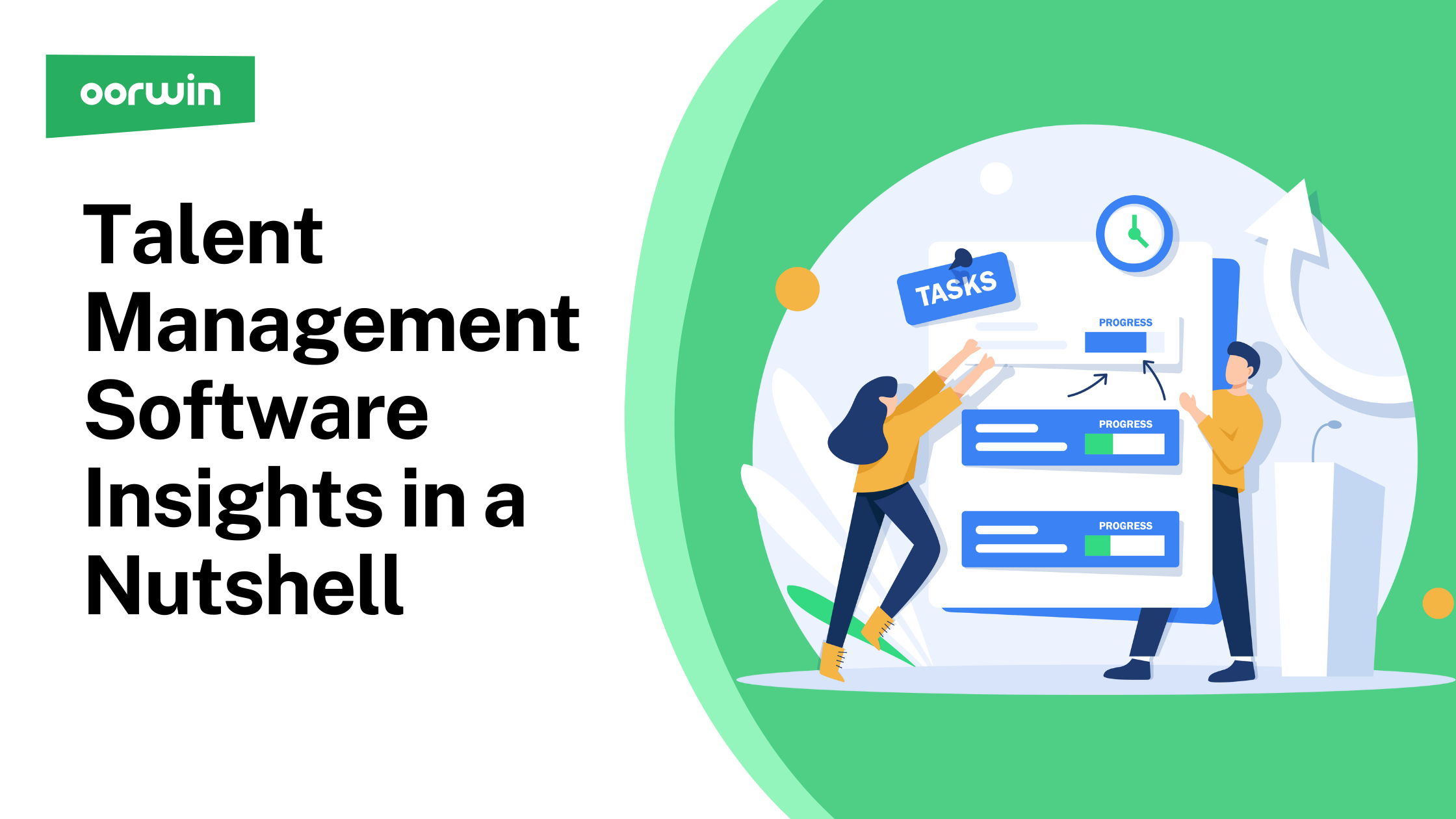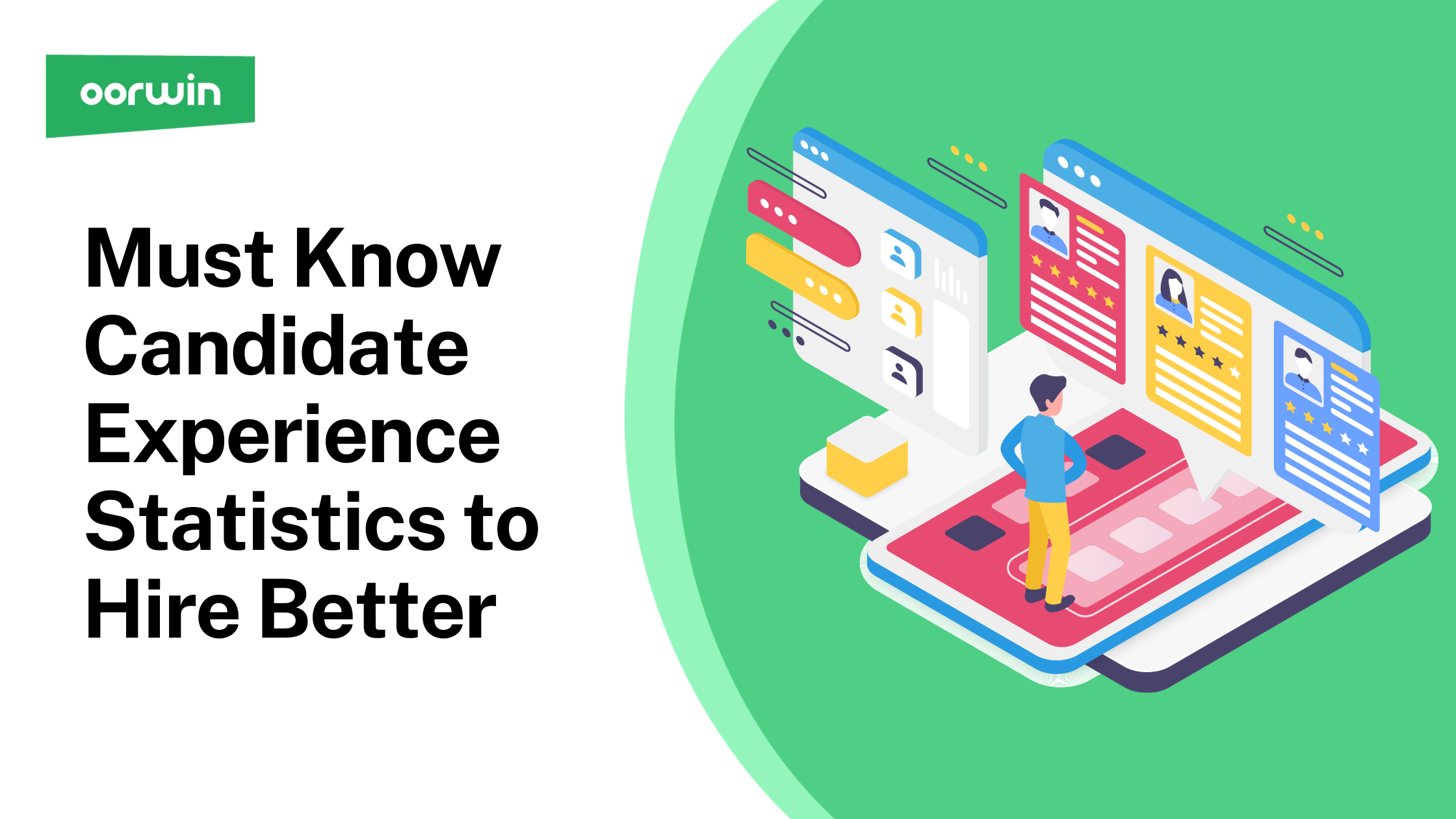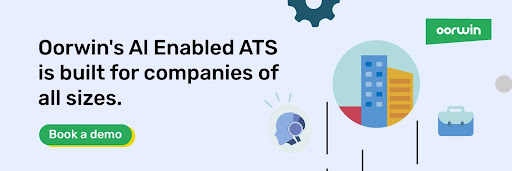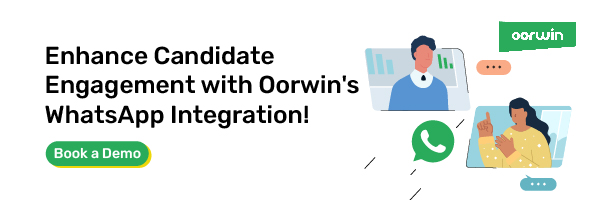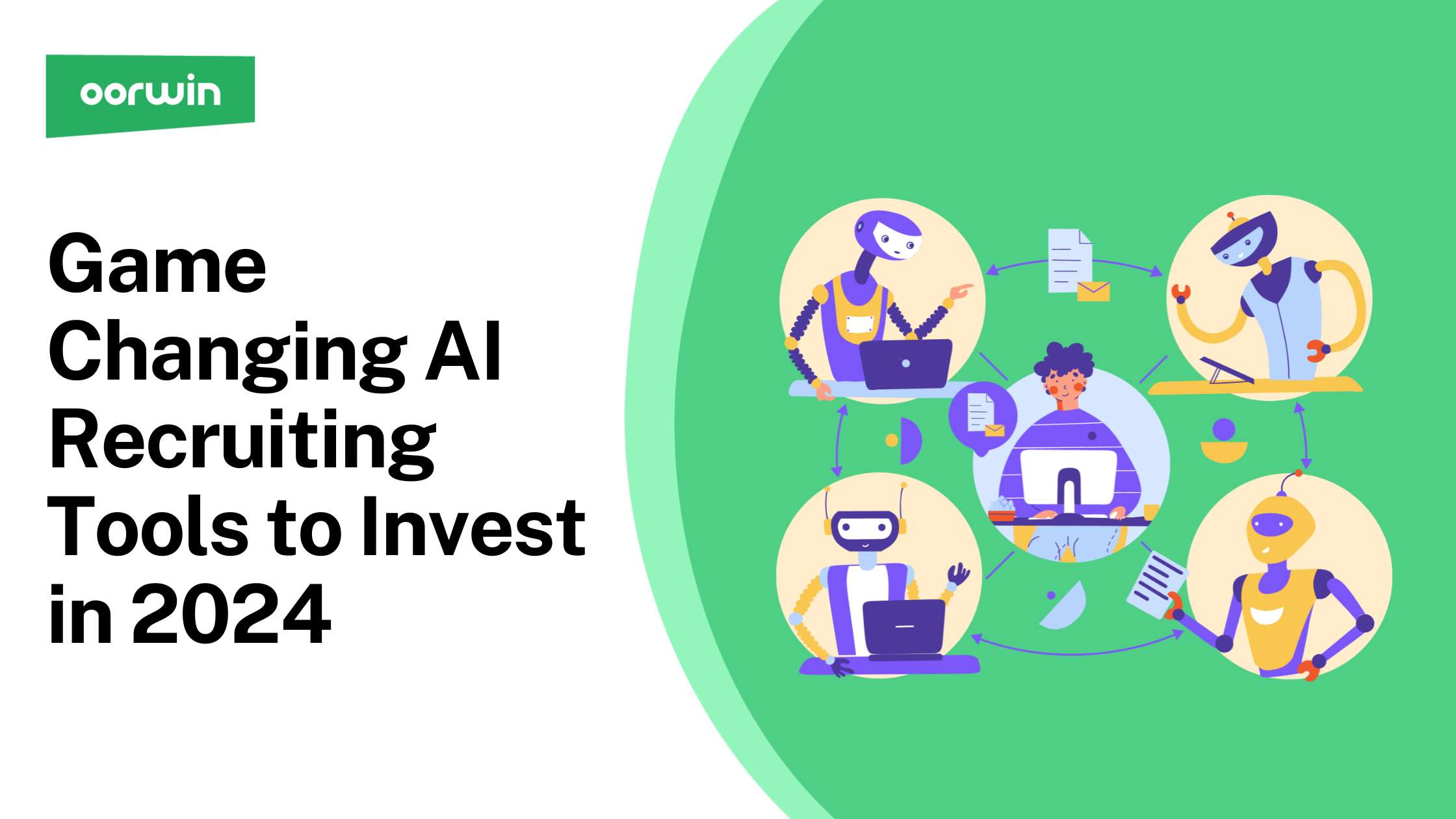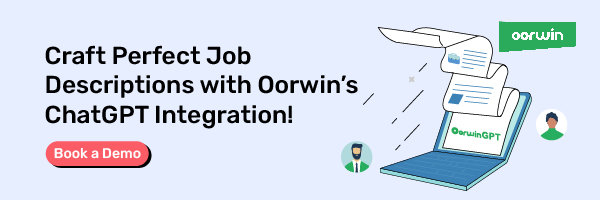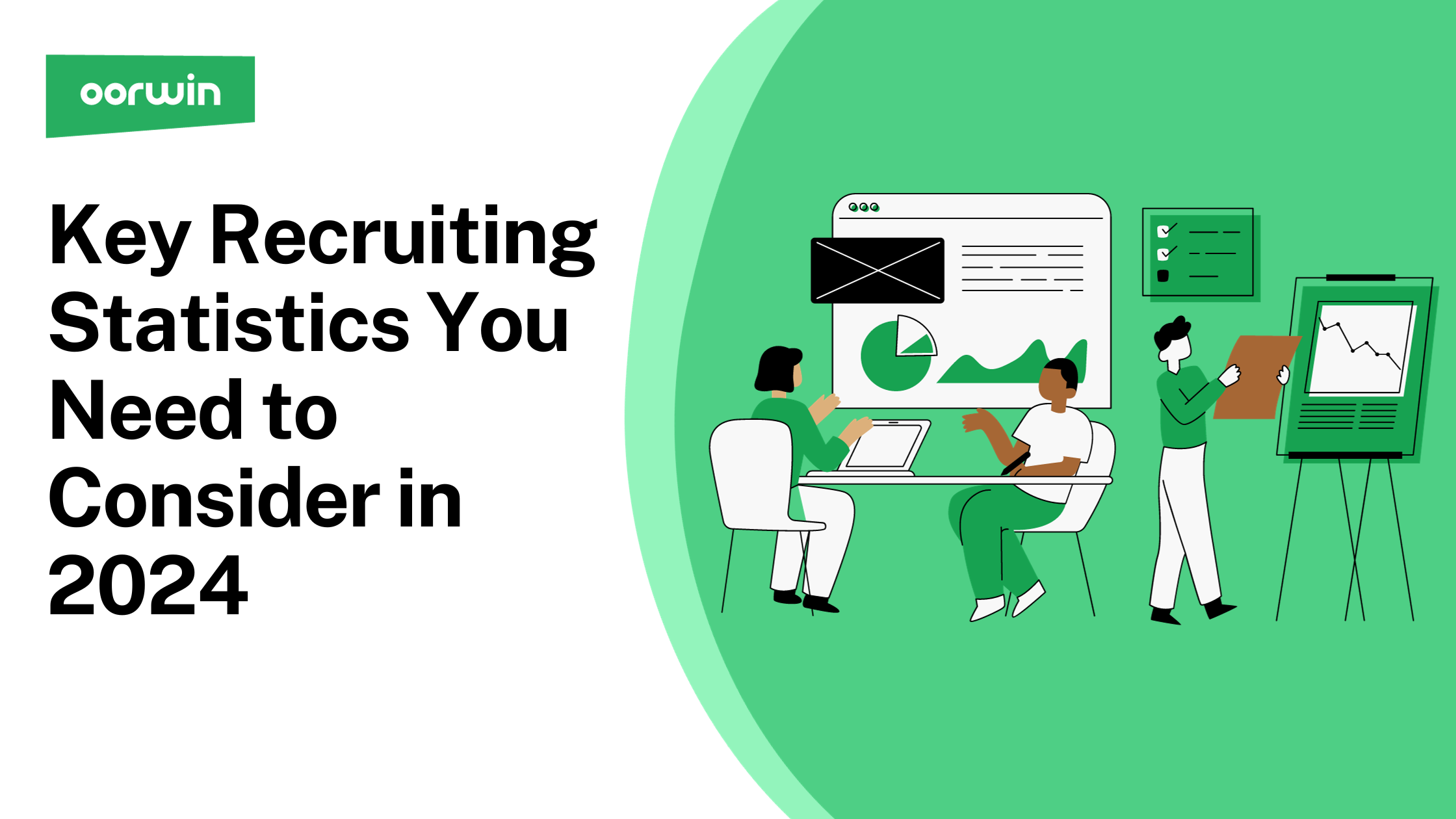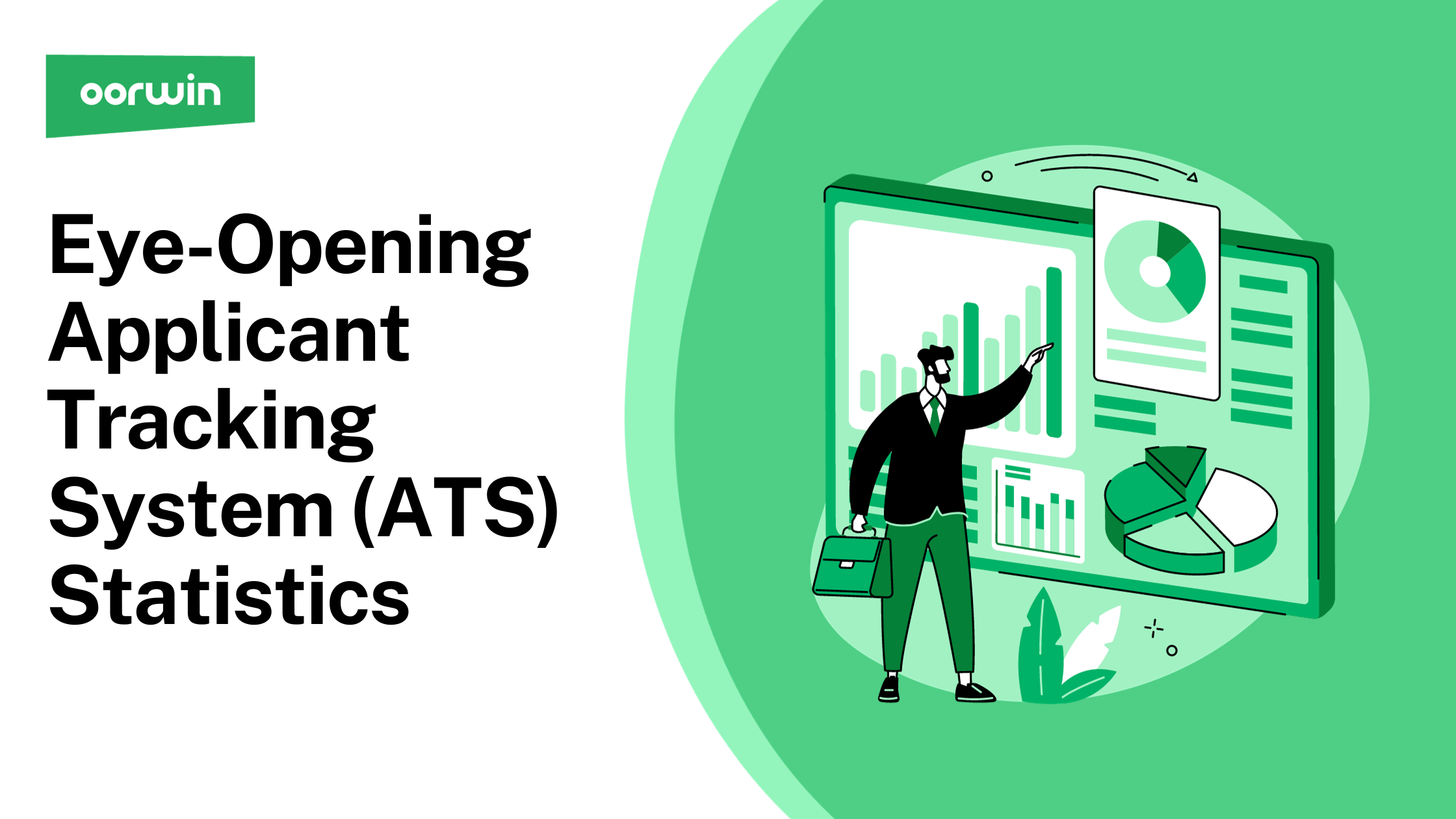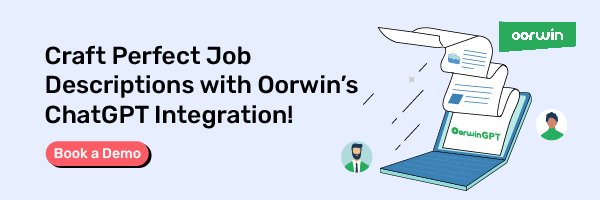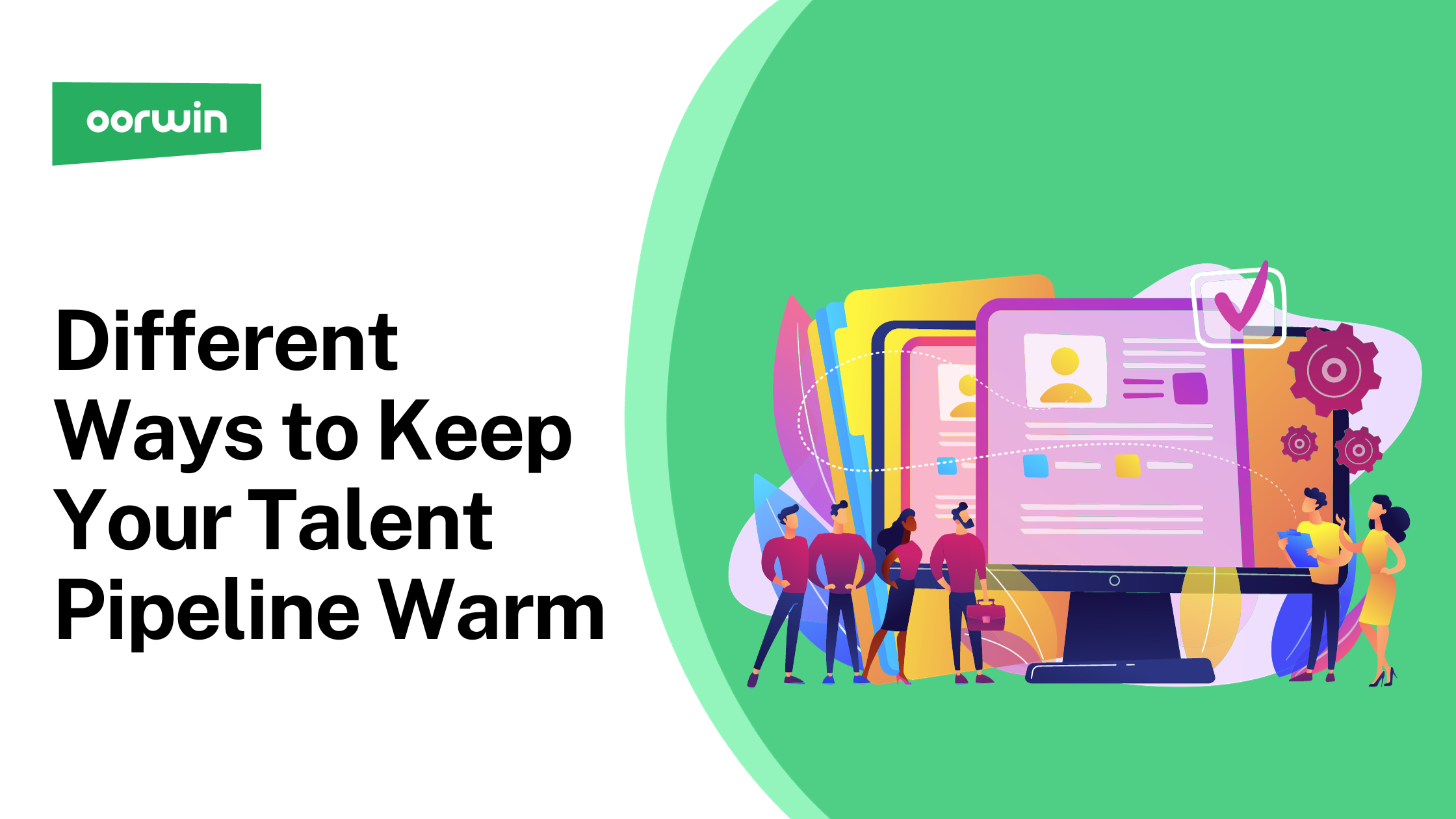Essential Software Solutions for Modern Staffing Agencies: Everything You Need to Know
Staffing agency software is rapidly becoming a key element in the success of staffing companies. This guide delves into how such software can revolutionize your agency, significantly boosting efficiency and the quality of hires.
What is a Staffing Agency Software?
Staffing agency software is an all-encompassing solution engineered to automate and simplify the intricate processes involved in running a staffing company. This type of software integrates a wide range of functionalities that are essential for effectively managing the diverse and complex tasks of modern staffing operations. From tracking applicant data and managing client relationships to automating job postings and facilitating communication, staffing agency software serves as a central hub that streamlines all aspects of the recruitment and staffing process, ensuring efficiency and accuracy in every step.
H2: Why Staffing Agencies Should Adopt Software Solutions?
Adopting software solutions is becoming increasingly essential for staffing agencies aiming to enhance their operational efficiency and overall effectiveness. These technological tools are vital in transforming the way agencies operate, offering numerous benefits in the fast-paced recruitment sector. Let’s explore how these innovations can revolutionize your staffing agency:
Streamlining the Hiring Process
Staffing software revolutionizes hiring by automating tasks such as job postings, candidate screening, and interview scheduling. This automation significantly accelerates the recruitment cycle, allowing agencies to fill positions faster and more efficiently, meeting client needs more promptly.
Enhancing Workflow Efficiency
These tools are designed to optimize workflow, drastically reducing the time spent on manual tasks. By automating routine activities, recruiters are freed up to focus on more strategic aspects of hiring, such as candidate engagement and relationship building, leading to more effective recruitment outcomes.
Leveraging Data for Smarter Hiring
Staffing software is a treasure trove of data insights, enabling agencies to make smarter, data-driven hiring decisions. By analyzing trends and patterns in recruitment data, agencies can refine their hiring strategies, target the right candidates, and improve overall hiring success rates.
Resource Optimization
Effective resource utilization is crucial for any staffing agency, and software solutions play a pivotal role in this. They help in allocating resources more efficiently, ensuring that time, effort, and financial investments in the recruitment process are optimized for maximum return and efficiency.
Improving Candidate and Client Experience
Software solutions significantly enhance the experience for both candidates and clients. For candidates, they offer a smoother application process and better communication, while for clients, they ensure more accurate candidate matching and faster filling of vacancies. This leads to higher satisfaction levels and fosters stronger, long-lasting relationships.
Different Types of Software for Staffing Agencies
Staffing agencies have a variety of software options at their disposal, each designed to cater to specific aspects of the recruitment process. Understanding these different types can help agencies choose the right tools for their unique needs:
Applicant Tracking Systems (ATS)
Applicant Tracking Systems (ATS) are essential for managing applications efficiently. They streamline the selection process by organizing candidate information, filtering applications based on predefined criteria, and facilitating easier candidate tracking throughout the hiring process.
Human Resources Information Systems (HRIS)
Human Resources Information Systems (HRIS) are comprehensive tools for managing employee data. They automate key HR processes, including payroll, benefits administration, and compliance management, thereby enhancing the efficiency of HR operations within staffing agencies.
Candidate Relationship Management System (CRM)
Candidate Relationship Management Systems (CRM) are focused on building and nurturing relationships with candidates. They help in tracking interactions, managing candidate data, and ensuring regular engagement, which is crucial for maintaining a strong talent pool and enhancing candidate loyalty.
Top 10 Features to Look for in Staffing Agency Software
Choosing the right staffing agency software involves looking for key features that enhance recruitment processes and client management. Here are the top 10 features to consider for maximizing efficiency and effectiveness in your staffing agency:
Streamlined Candidate and Client Management
Choose software that efficiently manages candidates and clients, offering a streamlined approach to maintaining all necessary information and interactions in one accessible place.
Efficient Candidate Sourcing
Effective staffing software should empower your agency with the capability to source candidates quickly and efficiently, using advanced search tools to match the right talent with the right opportunities.
Customizable and Automated Software Solutions
Look for software that offers extensive customization and automation options, allowing you to tailor the system to your specific processes and automate routine tasks for greater operational efficiency.
Insights and Reporting through Recruitment Analytics Dashboard
An advanced analytics dashboard is essential for providing deep insights and comprehensive reporting, enabling you to track performance metrics and make data-driven decisions for continuous improvement.
Simplified Interview Scheduling
Opt for software that streamlines the interview scheduling process, integrating seamlessly with calendars and automating the coordination of interviews to save time and reduce scheduling conflicts.
Automated Communication
Automated communication features in the software can significantly enhance candidate and client interactions, ensuring timely and consistent communication while saving valuable time.
Mobile-Friendly Recruiting Capabilities
Today’s mobile-centric world demands mobile-friendly recruiting capabilities that allow recruiters and candidates to engage effectively through mobile devices.
Automated Job Posting Features
Software with automated job posting features can greatly increase efficiency, enabling you to post job openings quickly across multiple platforms with minimal effort.
Advanced Resume Parsing
Advanced resume parsing technology is key for efficient candidate screening, allowing for quick extraction and organization of relevant information from resumes and facilitating faster candidate evaluation.
Ensuring Data Compliance
Ensure the software adheres to data protection laws and maintains high data compliance standards, safeguarding sensitive candidate and client information.
Evaluating the Right Software for Your Agency
Selecting the ideal software for your staffing agency involves a comprehensive evaluation of various aspects to ensure it perfectly aligns with your agency’s specific needs and long-term objectives:
Assessing Functional Features
When evaluating software, it’s crucial to scrutinize its functionality in detail. Ensure that it not only meets your current recruitment and operational needs but also offers the flexibility to adapt to future changes and evolving requirements. Look for features that streamline your recruitment process, improve candidate management, and enhance overall operational efficiency.
User Experience Considerations
The user experience (UX) of the software is paramount. Focus on selecting a platform with an intuitive design and user-friendly interface. This ensures ease of use for your team, facilitating smooth adoption and efficient daily operation. A good UX minimizes the learning curve and enhances productivity, making it a critical factor in your decision-making process.
Integration with Existing Systems
Examine the software’s capability to integrate seamlessly with your existing systems and tools. This integration is key to maintaining a unified and efficient workflow, ensuring that data is synchronized across all platforms and reducing the need for manual data entry. Seamless integration enhances the overall functionality and usability of the software within your existing tech ecosystem.
Importance of Reliable Customer Support
Reliable customer support is a crucial aspect of any software solution. It’s important to have access to prompt and effective troubleshooting, training, and guidance support. This support contributes significantly to the smooth functioning and maximization of the software’s potential. Evaluate the support services offered, including response times, availability of resources, and the quality of assistance provided.
Investing in the Future of Staffing with Oorwin
Step into the future of staffing with Oorwin’s innovative software solutions. Tailored for the modern staffing agency, Oorwin offers advanced tools to optimize your recruitment process, improve hiring quality, and accelerate growth. Discover how Oorwin can revolutionize your agency’s operations. Explore Oorwin’s solutions and begin your journey to a more efficient and successful future in staffing.
FAQ
How does staffing software enhance candidate experience?
Staffing software streamlines application processes, improves communication, and offers personalized job matching, enhancing the candidate experience.
What types of staffing agencies can benefit from using staffing software?
Staffing software can benefit all types, including temporary, permanent, executive search, and specialized industry-specific agencies.
Can staffing software be customized to fit specific agency needs?
Yes, staffing software often offers customization options to meet different staffing agencies’ unique requirements and workflows.
